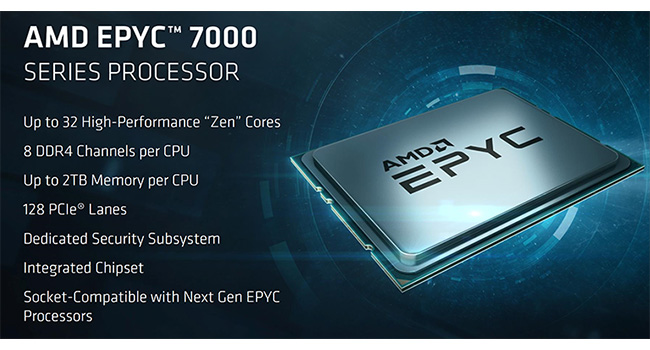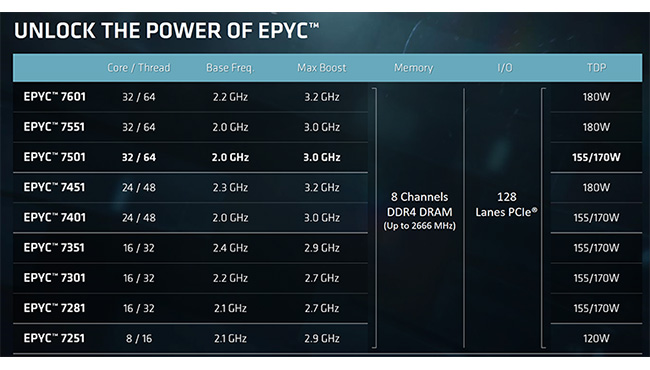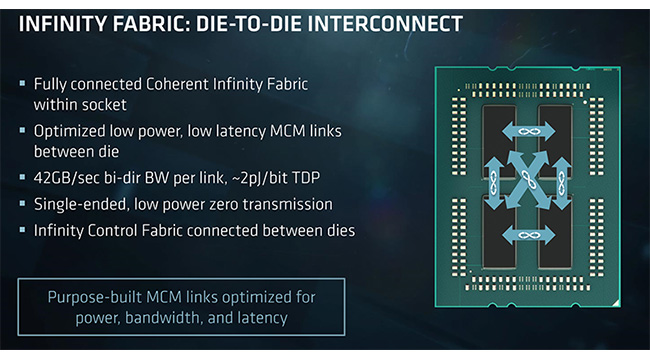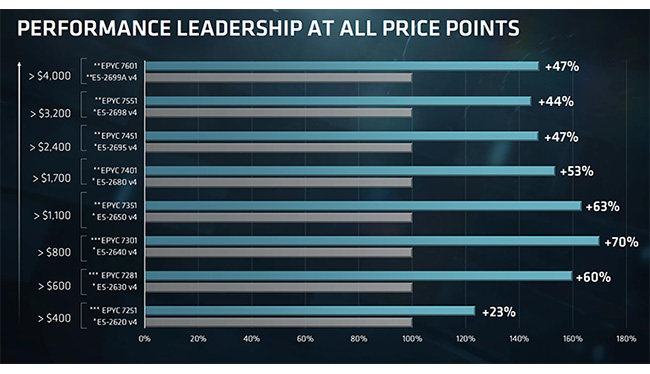Our Aim
To provide you with an overview on New And existing technologies, hopefully helping you understand the changes in the technology. Together with the overviews we hope to bring topical issues to light from a series of independent reviewers saving you the time And hassle of fact finding over the web.
We will over time provide you with quality content which you can browse and subscribe to at your leisure.
TekSpek 's

AMD EPYC
Date issued:

AMD has used its cutting-edge Zen CPU microarchitecture to build a number of desktop Ryzen chips. Available in configurations of up to 16 cores and a massive 32 threads, Ryzen (and premium Threadripper) have given Intel much to think about in the high-end desktop space.
However, Zen is primarily designed to become the beating heart of AMD's all-new server and workstation processors. Released in June 2017, the fruit of AMD's labour has resulted in the introduction of Epyc CPUs. Appreciating that Intel holds a near monopoly in server-class CPUs and chipsets, AMD has much to gain and little to lose.

Model Numbers

The Epyc 7000-series family offers considerable processing power for each CPU, and up to two can be used on a single motherboard. Running from eight cores and 16-thread capability at the low end and rising to a massive 32 cores and 64 threads for the Epyc 7601, AMD takes square aim at Intel's latest Xeon processors, which have held a monopoly in the workstation and server market for almost 10 years.
Yet Epyc's impressive compute power would be rendered almost worthless if AMD did not build a true supporting system-on-chip (SoC) around it. What this means is that each and every Epyc chip also integrates all of the I/O functionality and memory controllers that combine to give Epyc processors a balanced design. We'll explain the technology behind each facet of Epyc's design in this TekSpek.
Compute Core

During the design phase for the Zen architecture AMD realised that building massive-core server processors from a single, monolithic die - as Intel has been doing so for some time - was likely to become a huge engineering headache and, worse still, stall time to market. AMD needed to find a different way and did so by building Epyc CPUs using what is known as a multi-die approach. This means that each of Epyc's four dies, composed of eight cores a-piece, are connected to each other via a very fast, low-latency, proprietary interconnect known as Infinity Fabric.
The premise is to enable all 32 cores to function as seamlessly as possible, with Infinity Fabric providing the inter-die glue holding them all together. Another Infinity Fabric link then connects one Epyc chip to another in a 2P server system, enabling a single motherboard to house 64 cores and 128 threads, easily besting what Intel has to offer in a standard-sized chassis.
Massive Memory
Yet, going from the above, AMD know that having superlative compute performance is not enough for the modern workloads run on servers. Going hand in hand with all this processing ability is an abundance of memory bandwidth - a key driver of performance in many server and workstation applications - made possible by AMD using eight-channel DDR4 memory per CPU.
Officially rated at speeds of DDR4-2,666 the eight-channel memory offers a staggering 170GB/s of aggregate bandwidth. Ensuring that Epyc systems can deal with the workloads of today and tomorrow, AMD says that each of the eight channels can service two DIMMs, so 16 in all, or a potential 2TB per single-CPU system. This feature is important when dealing with businesses that require huge in-memory database calculations that are prevalent in many industries today.
Point is, Epyc offers potential customers an incredible amount of compute power - up to 32 cores and 64 threads per CPU - heaps of memory bandwidth to ensure that the cores can perform efficiently when they are all running flat out, and also an industry-leading amount of I/O, necessary for enabling customers to build severs that address their particular business need.
Premier Performance

AMD is so bullish about Epyc's performance potential that it cites performance improvements at every price point when compared to Intel's early 2016 Xeon line-up. Being even-handed, Intel has also updated its Xeon range with more powerful processors shortly after Epyc's launch, but the fact remains that AMD offers server providers with more bang for their buck in both single- and dual-socket environments.
The arrival of Epyc is a watershed moment in server processing. Having ceded almost all market share to Intel since the Opteron heyday passed over 10 years ago, AMD's Zen architecture, powering this new range of Epyc processors, provides a compelling alternative to Intel Xeon.
The server market just become interesting all over again.